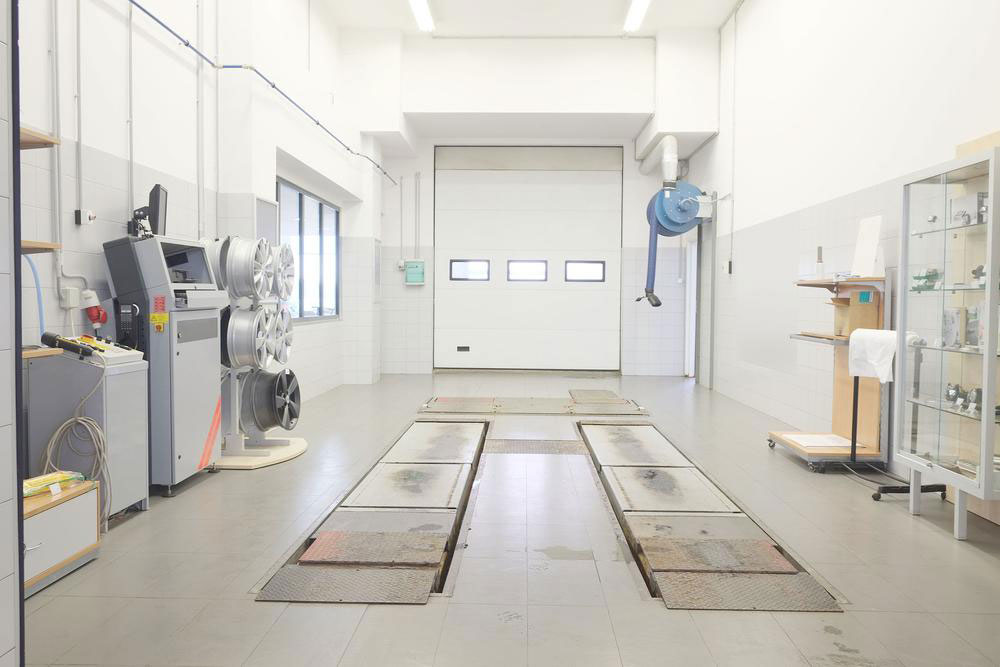Mechanical alignment – types and more
If your vehicle is suffering from an alignment problem, then the issue is with the wheels. It just takes a matter of seconds to knock out your vehicle’s alignment like smacking over a pothole, curbs and even usual wear and tear in It is very simple to find when your car is out of alignment. You could feel that your car is pulling off to one side while driving on a smooth straight road your car veers to the right or left when you are not turning the steering wheel.

• Front end alignment: This is the most common alignment problem the wheels of the front axle are aligned equally towards the centerline of rear solid axle as the rear wheels are always aligned correctly to the center of the car. This alignment problem varies depending on the type of car you drive. Front end alignment can also be called as ”toe-in” or ”toe-out” alignment. It is toe in when the wheels are pointing towards the inside and toe out for outside. The toe angles are compared with the centerline of the car to position it right. The correct toe angle may vary depending on the wheel’s suspension and on the type of wheel drive.
• The Thrust angle: The thrust angle is a line which divides the vehicles into two equal parts comparing the rear axle centerline and the front axle to be parallel and the wheelbase on all sides to be same. It ensures that all four wheels are equally aligned individually. An uneven thrust angle can be caused due to technical errors like out of position axle or incorrect toe setting. The trust angle alignment is recommended for all vehicles with rear axle soil suspension to get better results in safety and fuel economy.
• Four-wheel alignment: Four-wheel alignment is meant for vehicles with four-wheel independent suspension or four-wheel drive with adjustable rear suspensions. They check if the wheels are parallel to each other, from the ground and center imaginary line called the thrust angle. It will align all four wheels individually by bringing the rear axle angles right to position. If you don’t correct the four-wheel alignment then your vehicle will slow down, makes engine work harder and causes tires to wear out.




